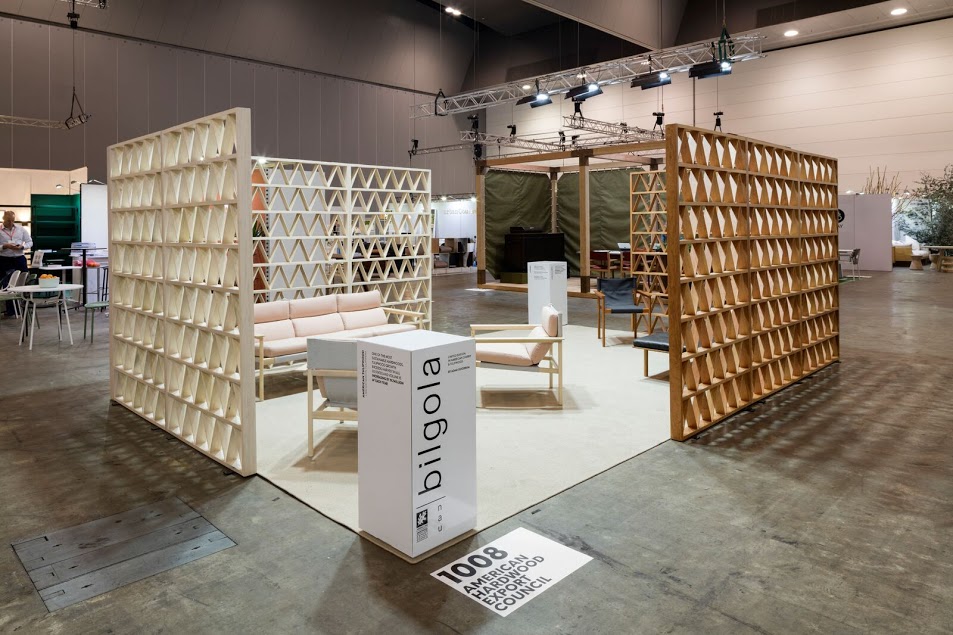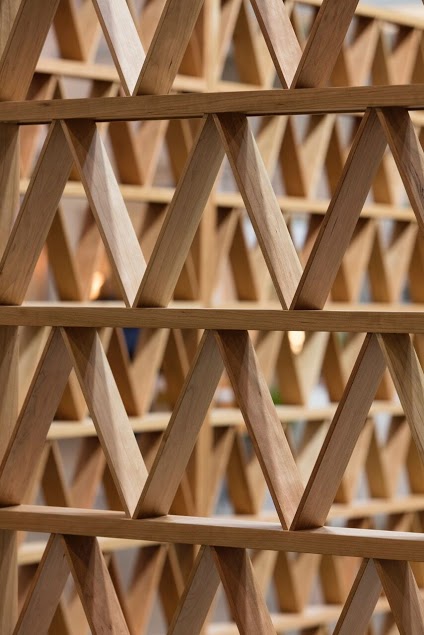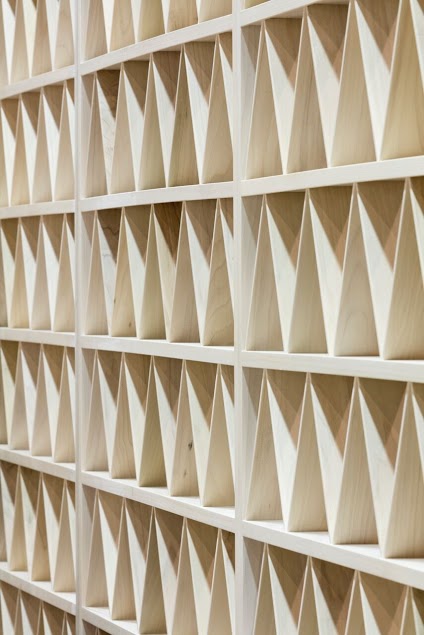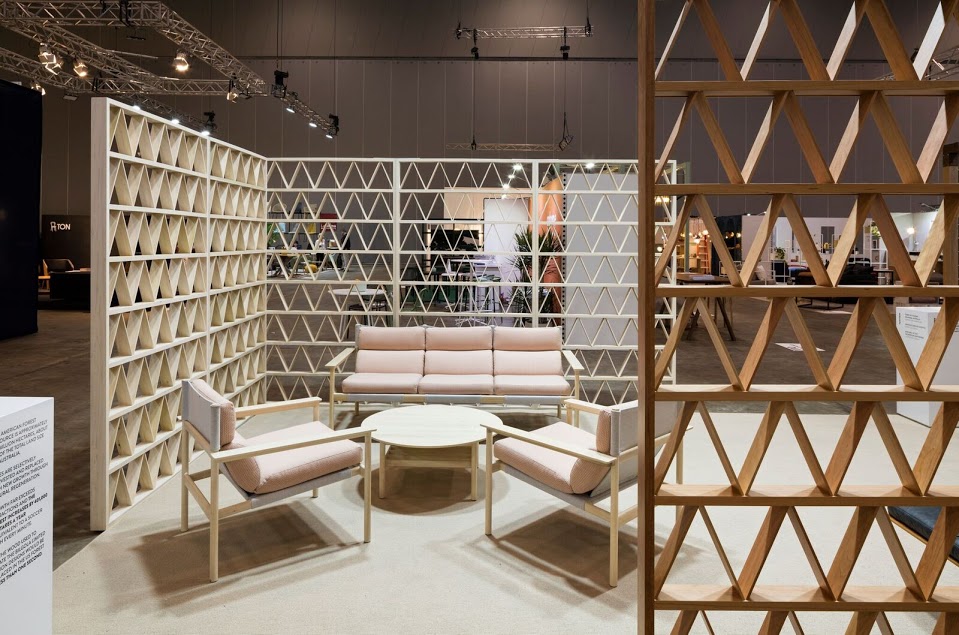From a seed to a sprout, a seedling to a sapling; the lifecycle of a tree can be monitored easily and thoroughly. Its lifecycle continues until it journey from a tree to timber to a piece of furniture. This process is not something major corporations tend to be proud about, unless you’re the American Hardwood Export Council (AHEC). The association is the next step in the Australian timber industry with American hardwood being a sustainable option not only for the forest but manufacturers too. As the leading international trade association for the US hardwood market, the council is re-introducing and promoting its Tulipwood and Cherry hardwoods to Australian manufacturers and designers, whilst also attentively aware of their environmental profile on a global scale.
Words: Kalli Zerveas

Earlier this month, Melbourne hosted Denfair, Australia’s leading event for contemporary design. There seemed to be an evident trend of lighter woods used by designers, creating softer looks. This included Adam Goodrum’s ‘Bilgola Limited Edition’ collection, created in partnership with AHEC and Cult. At Furnishing International, we had the pleasure of speaking not only to highly-acclaimed designer Adam Goodrum, but director of AHEC Roderick Wiles. Delving into their fascinating partnership, the underrated Cherry and Tulipwood, as well as AHEC’s understanding of the importance in maintaining a positive global footprint.

AHEC’s collaboration with recipient of Best Designer at Denfair, Adam Goodrum, showcases the pure beauty in simplicity. The ‘Bilgola Limited Edition’ range is a prime opportunity to show Australians there are options other than Oak when it comes to furniture. Roderick explains the idea was to push the envelope and more importantly, get the idea across that ‘there are other species out there that designers and manufacturers should be looking at. They’re just as widely available and just as sustainable’. There’s no denying the ever-growing demand for the highest furniture quality by consumers, but these expectations are becoming unrealistic for many manufacturers. Roderick continues that ‘this is an opportunity for manufacturers to save money and bring product cost down, simply by embracing natural variation of the wood, in all its natural glory’.
The focus for AHEC has particularly been on presenting American Tulipwood and Cherry to the Australian market. Highly popular in the US for its ease to work with, low cost and sustainability. Adam Goodrum says ‘it’s all very much about expressing the timber…. [and] a beautiful material which is easy to glue and finish’. The timber has been successful with designers who choose to work with it, particularly drawing on the different characteristics and natural colour variation of the wood.

Especially impressive, is AHEC’s dedication to ensuring their wood is well accounted for. The incorporation of ‘lifecycle environmental profiling‘ means essentially all impacts relating to the wood from the American Hardwoods forests to all the way across the globe, has been carefully and thoroughly measured. Roderick explains ‘this begins as a tree standing in the forest in America, all the way though to being turned into one of these beautiful pieces of furniture we’re sitting on’. Thanks to satellite technology and thousands of people on the ground counting trees, AHEC knows precisely how many trees they have in America, their size, growth and re-growth rate.

The measuring is so extensive, not a detail is left unaccounted for. Carbon emissions associated with extracting the wood from the tree is monitored, as well as the process of shipping it to any port in the world. All electricity is measured, the use of machines to the hour, the wastage is not only recorded but so is what is done with it. AHEC is certain they know the full carbon impact from all the wood used, the trees replaced by new growth in the forest in less than one second. This evidence is all due to approximately 5 years of independent research, placing AHEC ahead of the game in attracting environmentally conscious manufacturers and designers.

It seems that even with all of the research AHEC has conducted, their main message of affordability and sustainability can be difficult to get across. Roderick asserts ‘it is wrong to assume that just because something is closer it has a lower environmental impact’. He continues that ‘driving a truck or van loaded with timber 500km is likely to have a significantly higher carbon footprint than sending it on a ship from the US with a bunch of other things’. However, AHEC and Adam Goodrum assert the Australian market is ready for American hardwood. Designers like Adam are not only seizing the opportunity to work with a beautiful and easy material, but also noting the wider environmental impact beyond the timber.
The American Hardwood Export Council’s products and information can be found on their website. Research is detailed with an interactive map.


